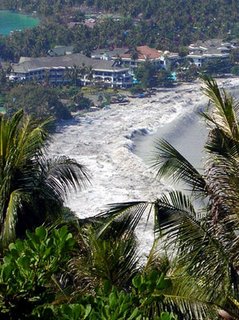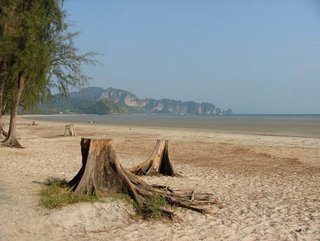Some suggestions from Ian Murray:
I found that I could breathe a bit more life into this by building up the diagram on the board through discussion with the class. You could try having them in groups for whichever land uses you want to include and then through guided Q/A get them to talk through their preferred location- where would they pay most to be. All the time you ensure that the theoretical attractions on a central location are stressed. You could perhaps act as 'auctioneer' revealing the land prices at appropriate places on the graph at appropriate moments. I wonder if they could be given a sum of money to spend and then realise that their choices are limited because other land uses have more money etc.
It's good to extend the graph to create a Burgess model at the end, then of course, consider the real world and the role of centrifugal as well as centripetal forces in the city.
'Is urban geography simply a spatial analysis of capitalism?'"
and:
In one of the old Oxford Geography books there was a simple outline map of a town centre. I can't remember if I made this up or if it was in the book. I gave out each child a card for example dept store £1 million, women's clothes £200,000, Charity shop £2000 and so on so they had one each and the ones with cheap ones had a couple of cards. They wrote down in advance which number plot(s) they wanted and why, we did an auction which I remember as damn hard work cos they got so excited and time consuming, and wrote down the price and land use for each. They could keep buying until money ran out - so dept store could buy a row of plots together. Then debrief, choropleth, map write up. They loved it but this was a long time ago! This would be Yr 8 or 9.
The idea could be developed with plots for sale over a whole city using a map with blank spaces.
Another idea would be to get actual commercial land values from an estate agent and pic up some leaflets to see how the commerial property actually operates.











